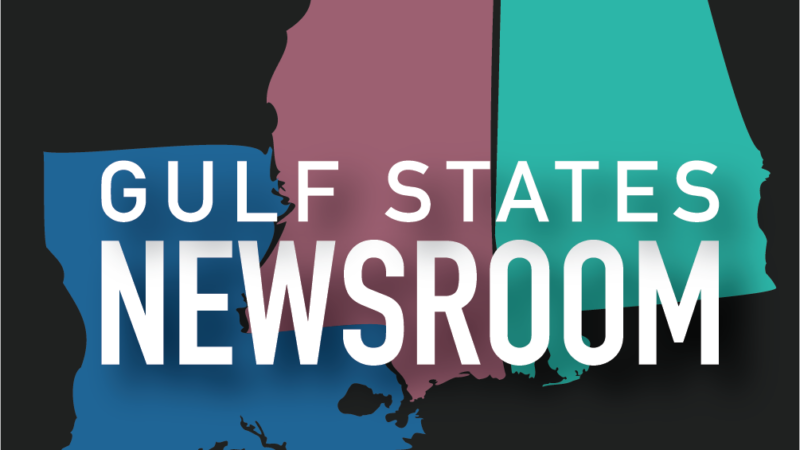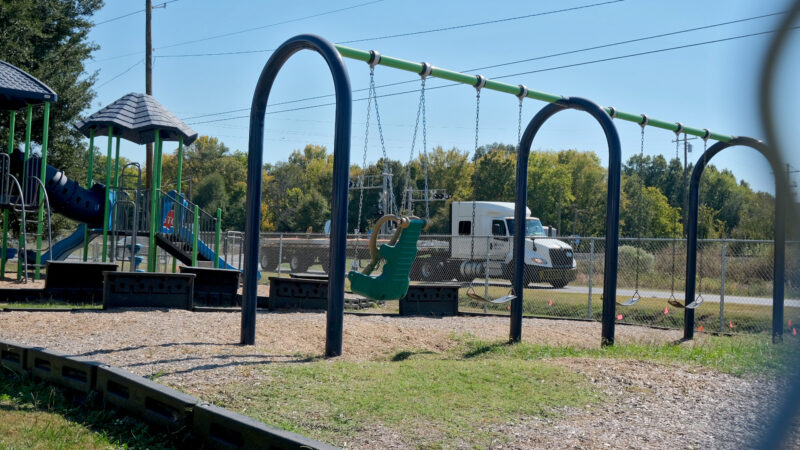Percentage of Americans who say they drink alcohol hits record low, Gallup says
The percentage of Americans who say they drink has fallen to a record low, according to a new Gallup poll. The dip coincides with a growing concern among those surveyed that drinking even in moderation is unhealthy.
This year, only 54% of Americans said they drink alcohol, said the analytics company, which has tracked Americans’ drinking habits since 1939. That’s one percentage point under the previous record low in 1958.
Sarah Dermody, a psychology professor at Toronto Metropolitan University, says the change could be driven by the public becoming more knowledgeable about the health risks of consuming alcohol.
“For quite some time, there’s been this heavy focus on [the effects of] heavy drinking or binge drinking,” she said.
Previous research into moderate drinking (one to two drinks a day) found that some alcohol, like red wine, could be good for you.
However, the consensus among scientists has evolved, according to Dermody, as scientists realized that research showed a pattern of correlation, not causation. For example, people who don’t drink could have negative health outcomes because of a preexisting condition, while those who do drink may not have other health problems, she said.
After controlling for those factors, scientists now say any amount of alcohol can have negative effects on health, such as increased risks of cancer, depression and anxiety.
Young people, in particular, seem to take heed to that research.
In the recent Gallup survey, only 50% of Americans from ages 18 to 34 reported drinking alcohol, compared to 56% of people 35 and up. Furthermore, 66% of young people said they think drinking in moderation is harmful, compared to about 50% of people ages 35 and up, according to Gallup.
“They grew up with that safe-level messaging, whereas a lot of us did not,” said Sara McMullin, a psychology professor at Webster University.
McMullin says it’s more socially acceptable not to drink than it once was, pointing to the popularity of no-drinking challenges like Dry January and Sober October, and the rise of mocktails and alcohol-free beer.
In the U.S., where drinking is ingrained in social gatherings, young people aren’t seeing their peers in person as much as previous generations did. Plus, alcohol is expensive, McMullin said.
“Alcohol can be perceived as something that’s more of a luxury and not a necessity,” she said. “So that could be another factor that’s likely bringing down the rate of drinking across generations, especially in younger people who are struggling with the job market.”
The Gallup poll also showed a stark divide in drinking behaviors between women and men. Women’s alcohol use has dropped 11 percentage points since 2023, while men’s dropped five points. Additionally, 44% of women preferred wine, compared to 14% of men; 52% of men preferred beer, compared to 23% of women.
Dermody thinks the differences could be because alcohol is more integral to activities popular among men, like sports.
McMullin said men may see beer as being more acceptable for them, while women could see wine the same way.
“It’s going to be all these perceptions of norms, and also who they’re surrounded by,” McMullin said.
She also hypothesized that women tend to be more health-conscious and might turn to their social network when stressed instead of alcohol, while men may hold in their emotions and use alcohol to cope.
Gallup said people don’t seem to be replacing alcohol with other drugs, such as marijuana. The firm said marijuana use has been “fairly steady” over the past four years.
Gail D’Onofrio, a professor of medicine and public health at Yale University, disagrees. She referenced the federal government’s annual National Survey on Drug Use and Health, which showed in 2024 that marijuana use has been increasing among people older than 26 since 2021. However, it has dropped among 18- to 25-year-olds.
D’Onofrio said that communicating what healthy alcohol consumption looks like is easier than it is for marijuana consumption.
“One kind of knows what a standard drink is,” she said. “The problem I have with cannabis is I can’t tell you how much to take. I can’t tell you about what’s in a gummy.”
D’Onofrio, like McMullin and Dermody, expects alcohol consumption to continue to drop in the U.S. due to the increased public awareness of alcohol’s health risks.
Dermody added, “I would just be cautious to call it a trend or a shift until we have a few more of these polls that show that it either continues to decline or is maintained at this level.”
Alabama Power seeks to delay rate hike for new gas plant amid outcry
The state’s largest utility has proposed delaying the rate increase from its purchase of a $622 million natural gas plant until 2028.
Former U.S. Sen. Doug Jones announces run for Alabama governor
Jones announced his campaign Monday afternoon, hours after filing campaign paperwork with the Secretary of State's Office. His gubernatorial bid could set up a rematch with U.S. Sen. Tommy Tuberville, the Republican who defeated Jones in 2020 and is now running for governor.
Scorching Saturdays: The rising heat threat inside football stadiums
Excessive heat and more frequent medical incidents in Southern college football stadiums could be a warning sign for universities across the country.
The Gulf States Newsroom is hiring an Audio Editor
The Gulf States Newsroom is hiring an Audio Editor to join our award-winning team covering important regional stories across Mississippi, Alabama and Louisiana.
Judge orders new Alabama Senate map after ruling found racial gerrymandering
U.S. District Judge Anna Manasco, appointed by President Donald Trump during his first term, issued the ruling Monday putting a new court-selected map in place for the 2026 and 2030 elections.
Construction on Meta’s largest data center brings 600% crash spike, chaos to rural Louisiana
An investigation from the Gulf States Newsroom found that trucks contracted to work at the Meta facility are causing delays and dangerous roads in Holly Ridge.









